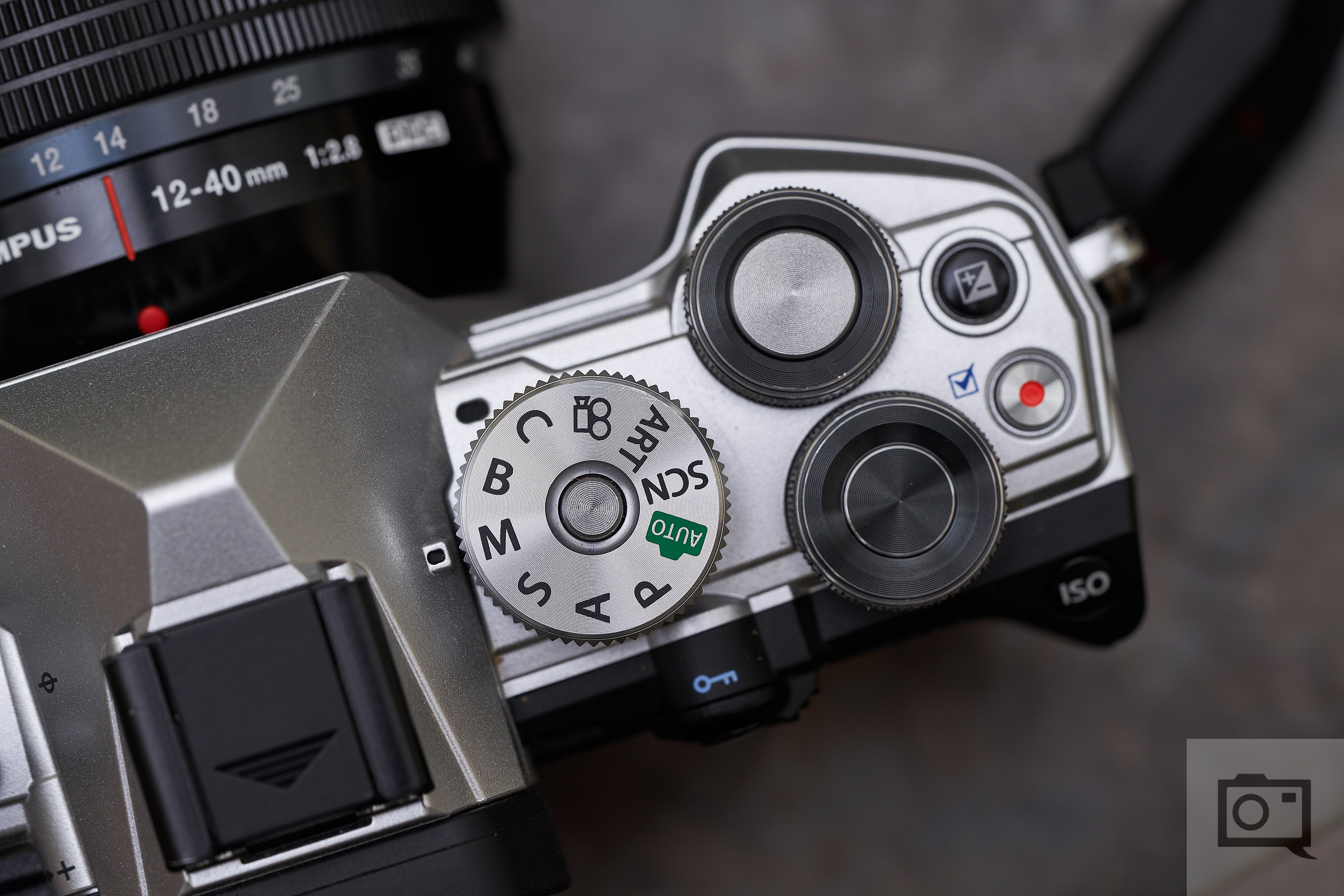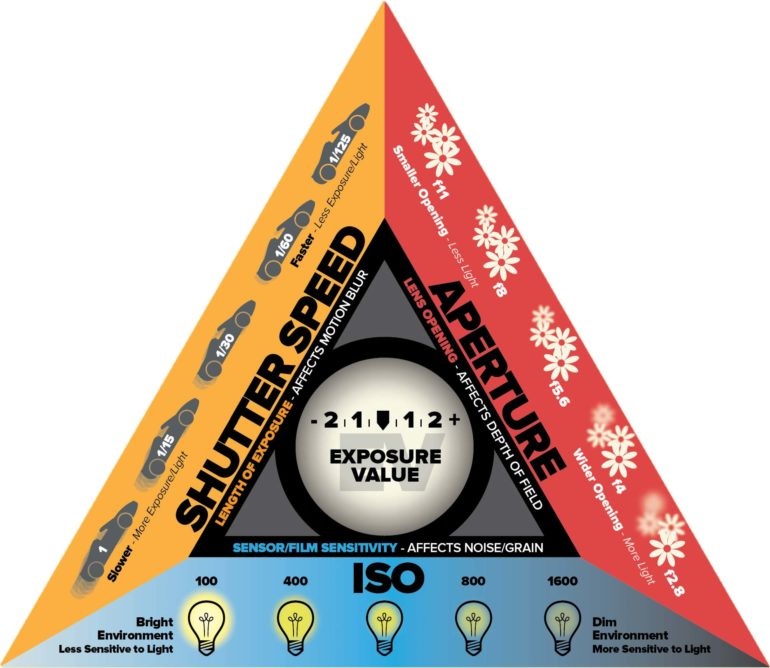Understanding the Exposure Triangle will help you navigate the relationship between aperture, ISO, and Shutter Speed, and make you a better photographer.
So you’ve been getting more serious about your photography, and you may have heard other photographers throw around the term Exposure Triangle, but have no idea what they’re talking about. While you may have it confused with the Bermuda Triangle (a region in the North Atlantic Ocean), or think it sounds like the title to an obscure science fiction novel, it actually refers to the three foundational elements of photography: Aperture, ISO, and Shutter Speed.
As a quick refresher, Aperture determines how much of your image is in or out of focus, ISO measures your camera’s overall light sensitivity, while Shutter Speed refers to the duration that your camera’s shutter remains open so that its sensor can capture information. We previously covered these concepts in-depth in our Guide to the Top 10 Photography Terms for Beginners, and highly suggest you give it a read. We’ve included a handy diagram of the Exposure Triangle, which illustrates the interconnected nature between Aperture, ISO, and Shutter Speed. Head on after the jump to check it out.
The above diagram is known as the Exposure Triangle, and it is a visual representation of the relationship between Aperture, ISO, and Shutter Speed, and the role they play in creating a properly exposed image. Think of it is a means of checks and balances for photography. The three elements are intrinsically connected and when you adjust one element, adjustments will need to be made to the others to compensate.
As you can see, the more you stop down your Aperture (by increasing the F stop value/reducing the size of your lens’ opening), less light will hit your camera’s sensor. In order to compensate for this, you’ll want to slow down your Shutter Speed so that your camera’s sensor will be exposed to an adequate amount of light to create a properly exposed image. But what if you’re shooting something fast-moving like a bird in midflight or a race car? In this case, slowing down your Shutter Speed is probably not the way to go since you’ll want to make sure your subject doesn’t look like a blurry mess in your image. Alternatively, you can dial up your ISO so that your sensor becomes more sensitive to the light in your environment. A side effect of raising the ISO is that the higher your ISO becomes, the more digital noise is produced in your image.
Balancing the Three
Juggling Aperture, ISO, and Shutter Speed in photography is similar to cooking in some ways. There’s a recipe for how each image is created, and it involves having the right balance of all three ingredients so that your final results match the intended outcome laid out in the recipe. When you adjust the amount of one ingredient, you will have to adjust the other ingredients as well. The Exposure Triangle will help you remember the relationship between Aperture, ISO, and Shutter Speed the next time you’re out in the world photographing. Happy shooting!



